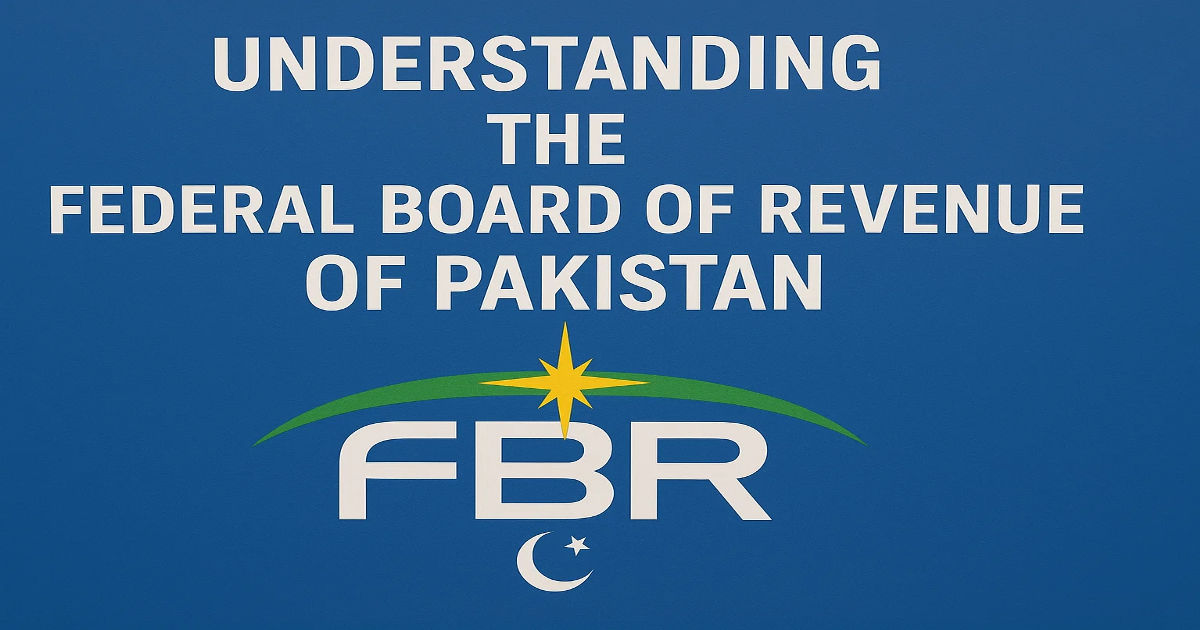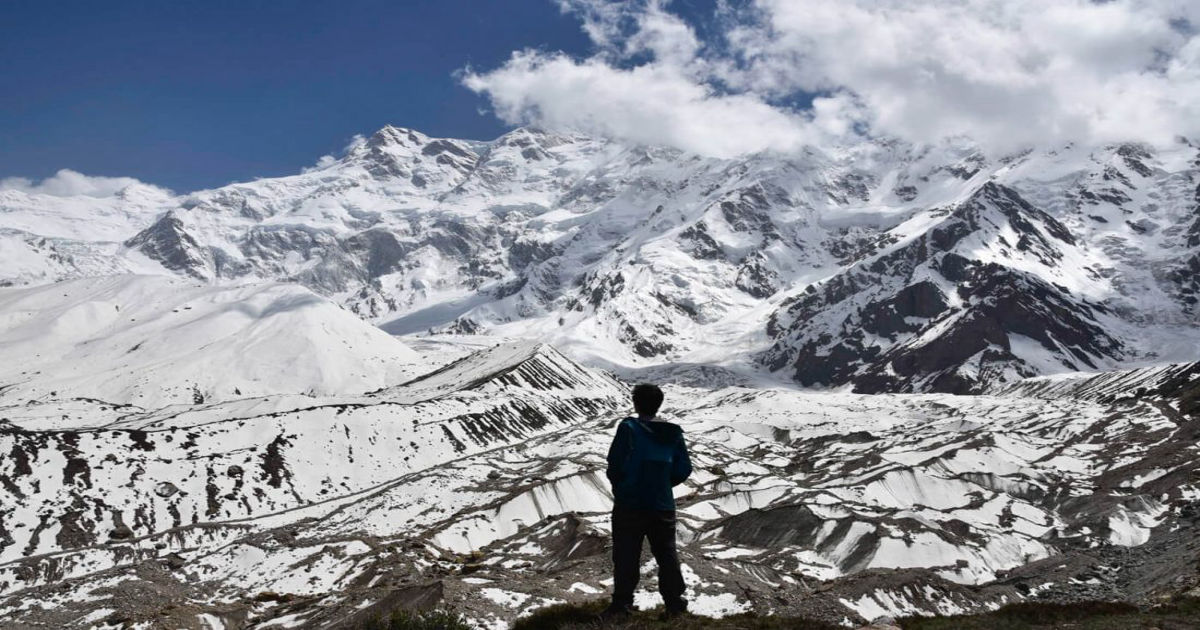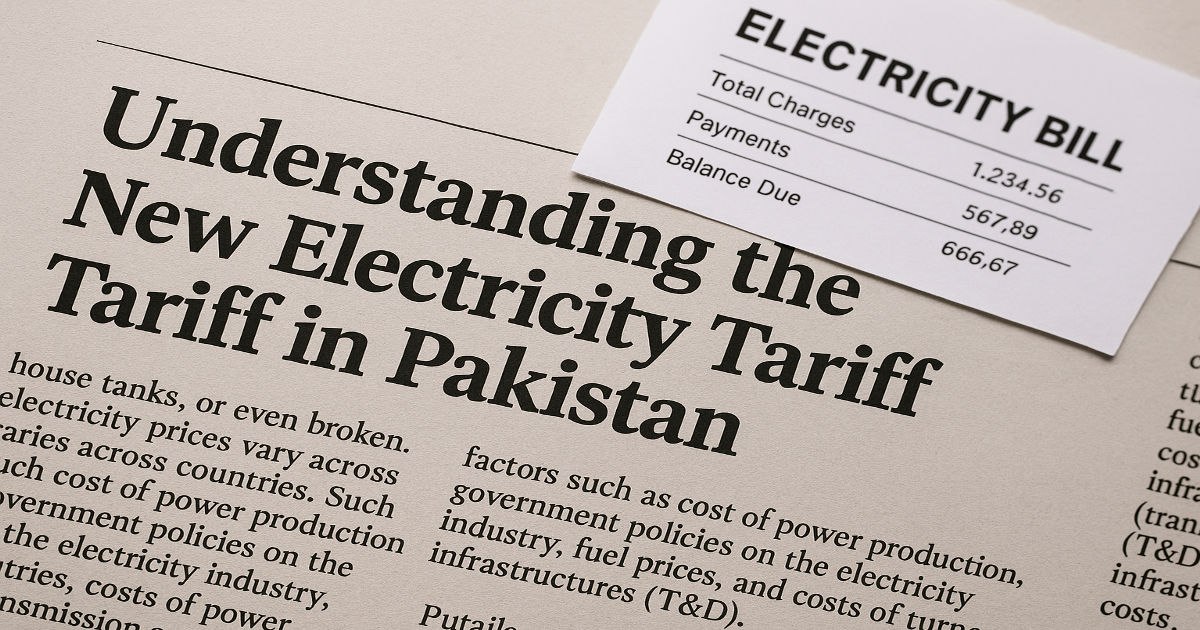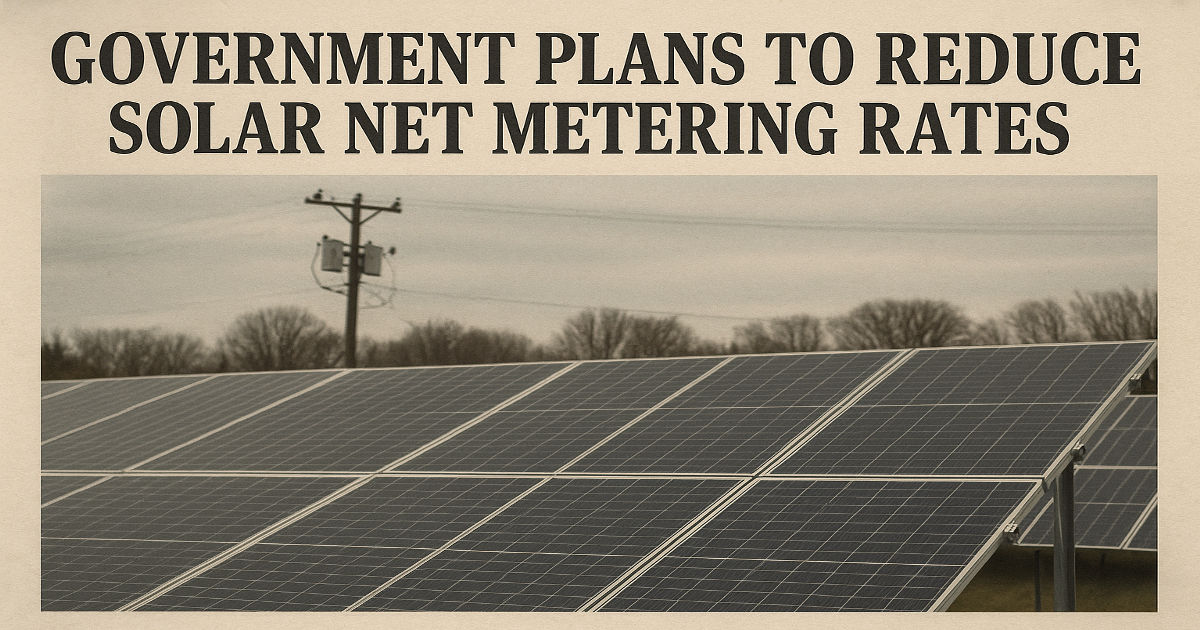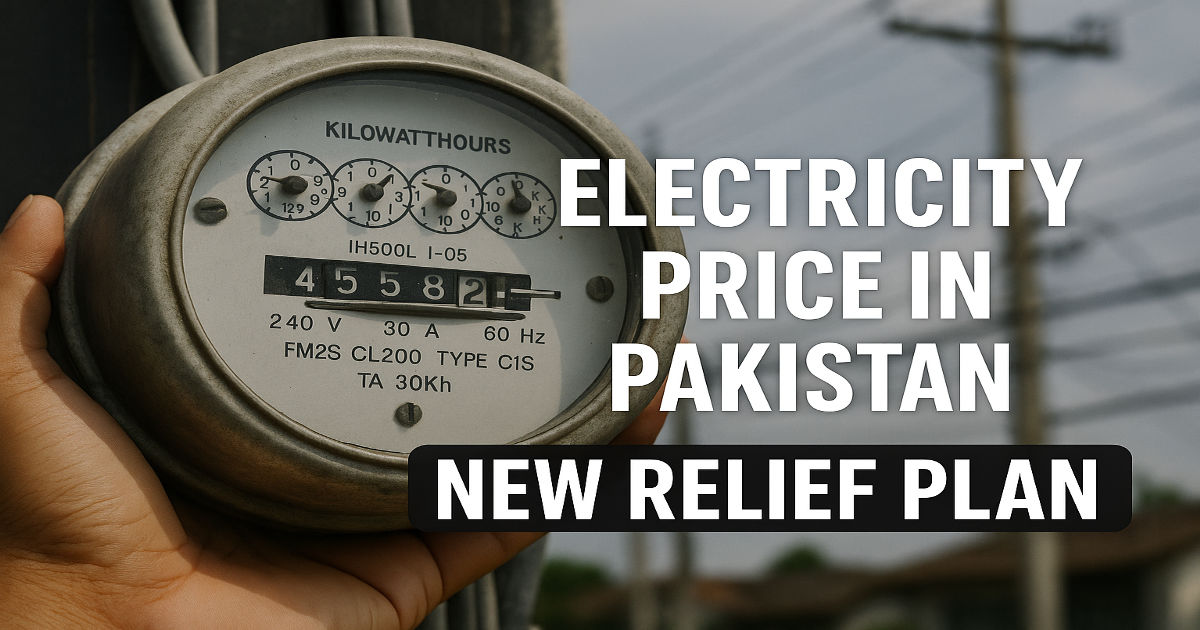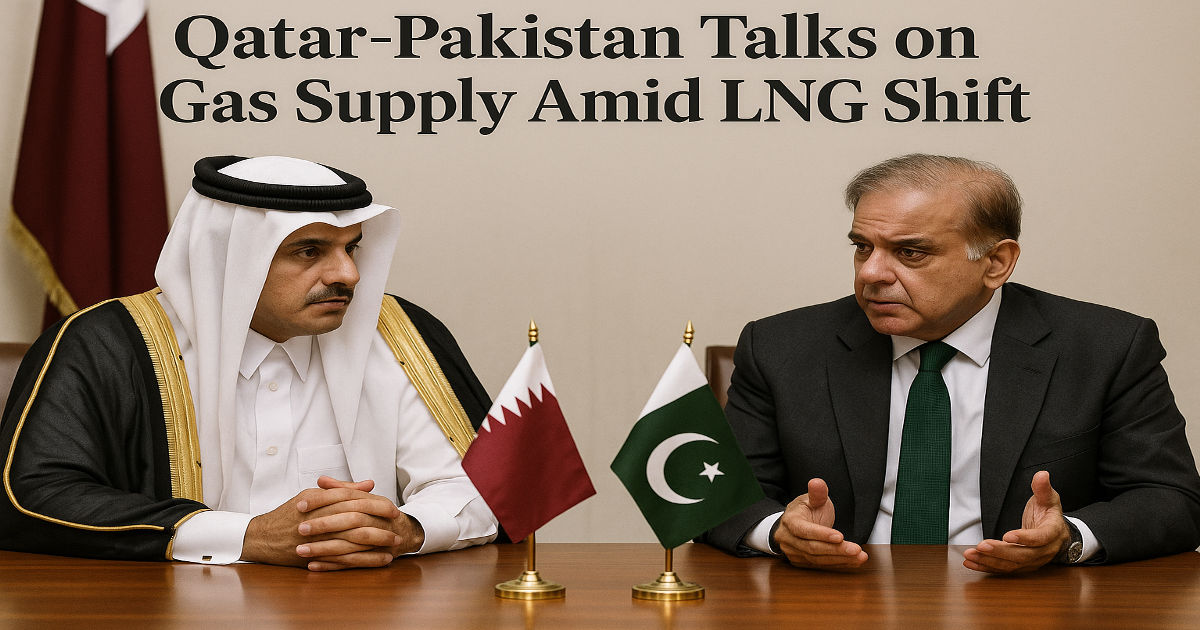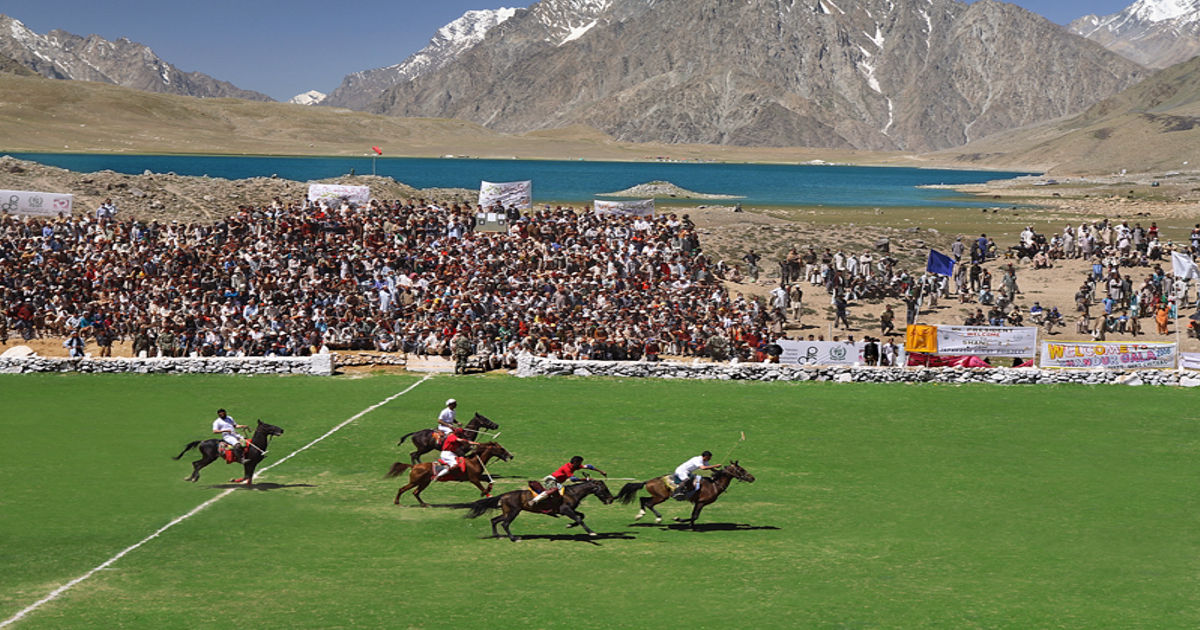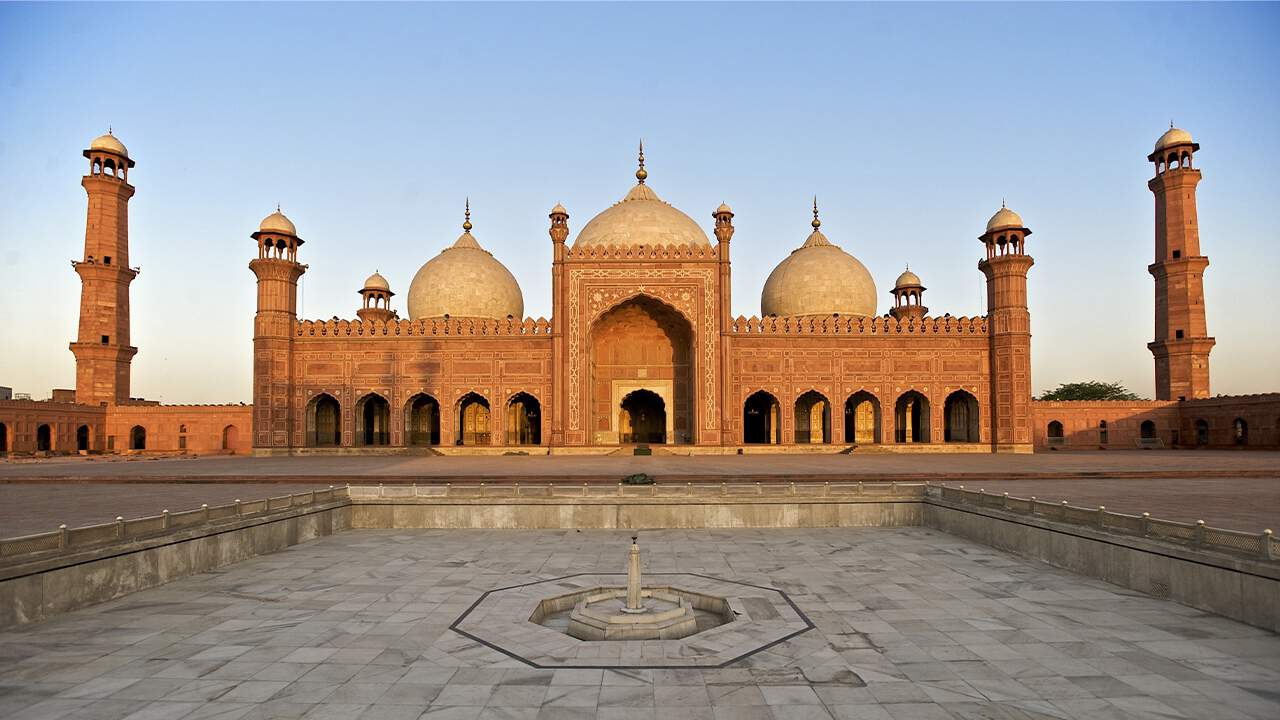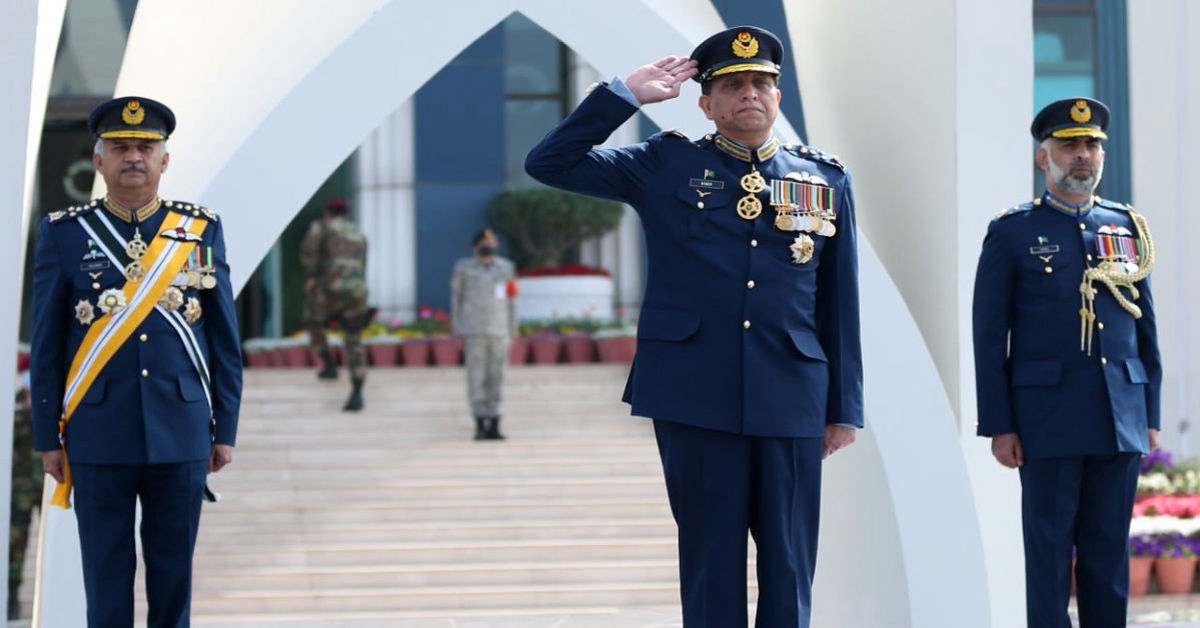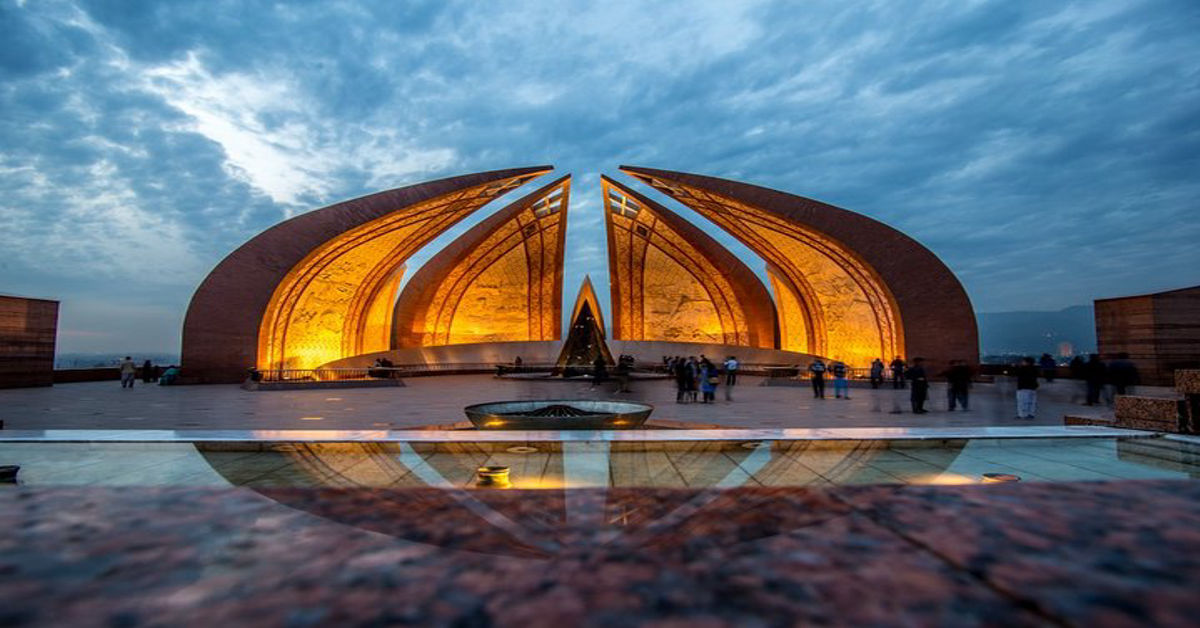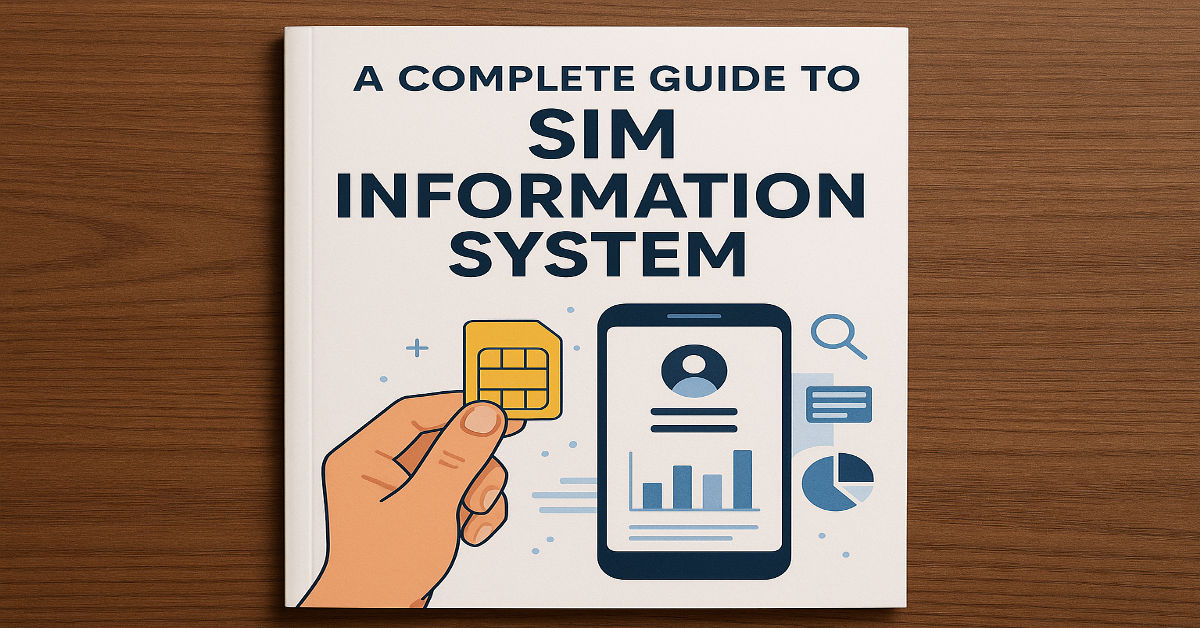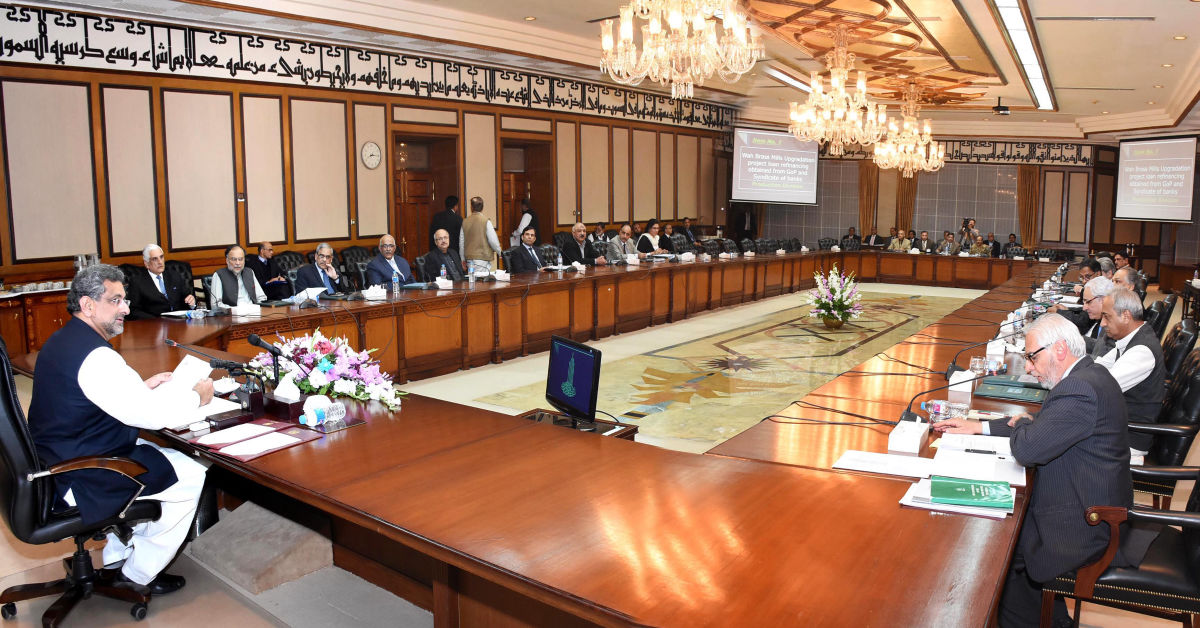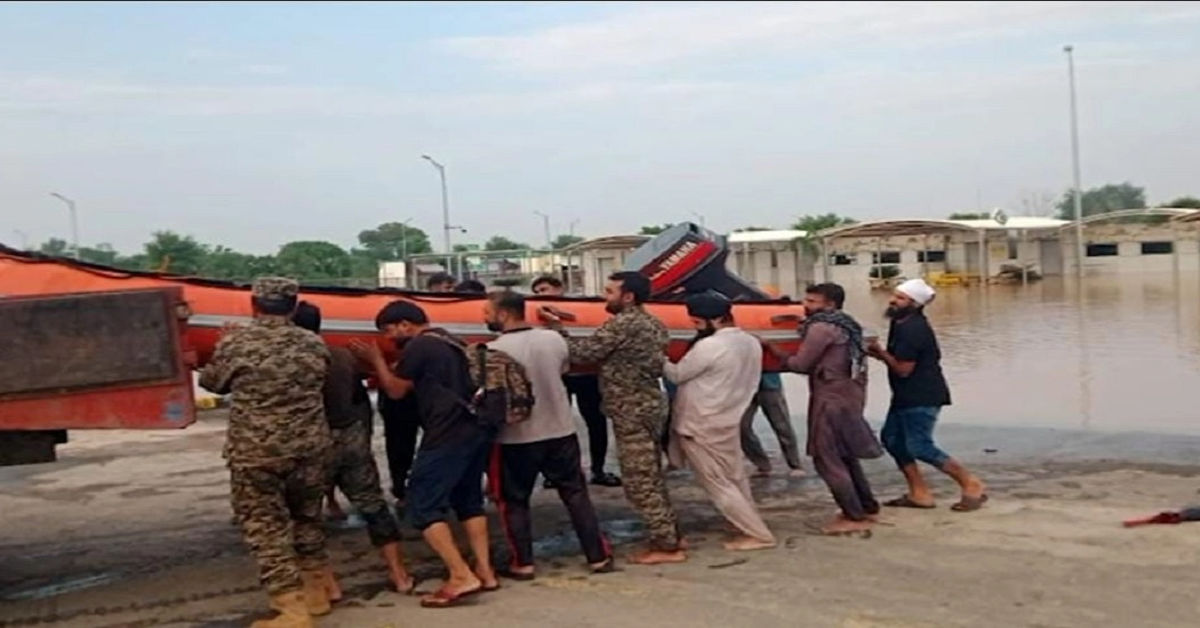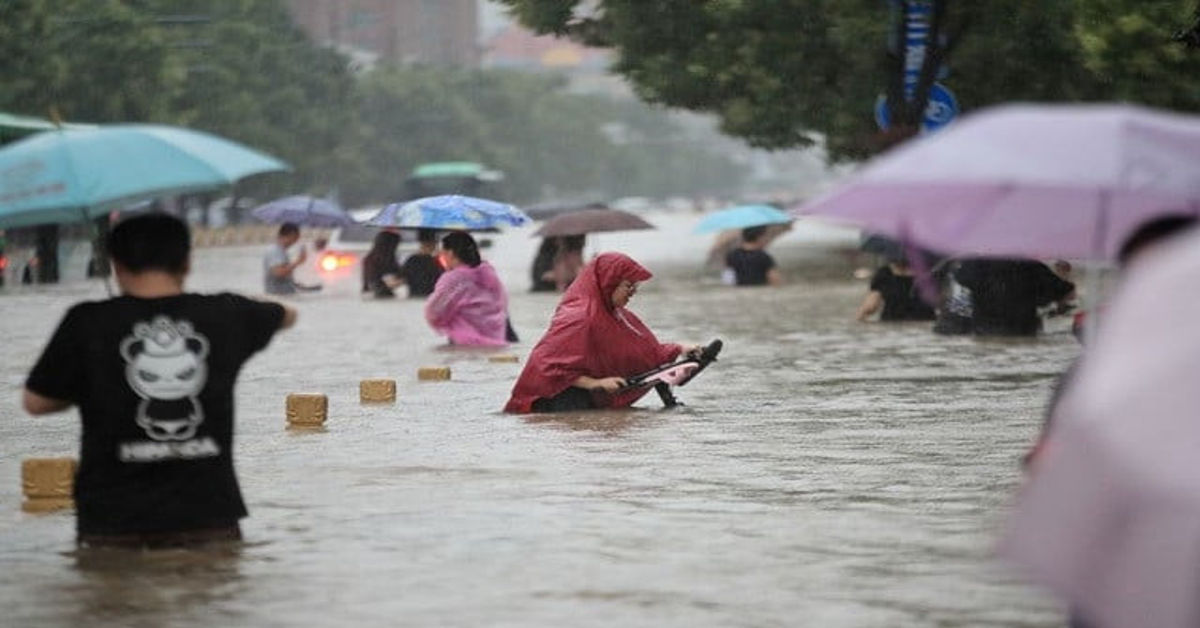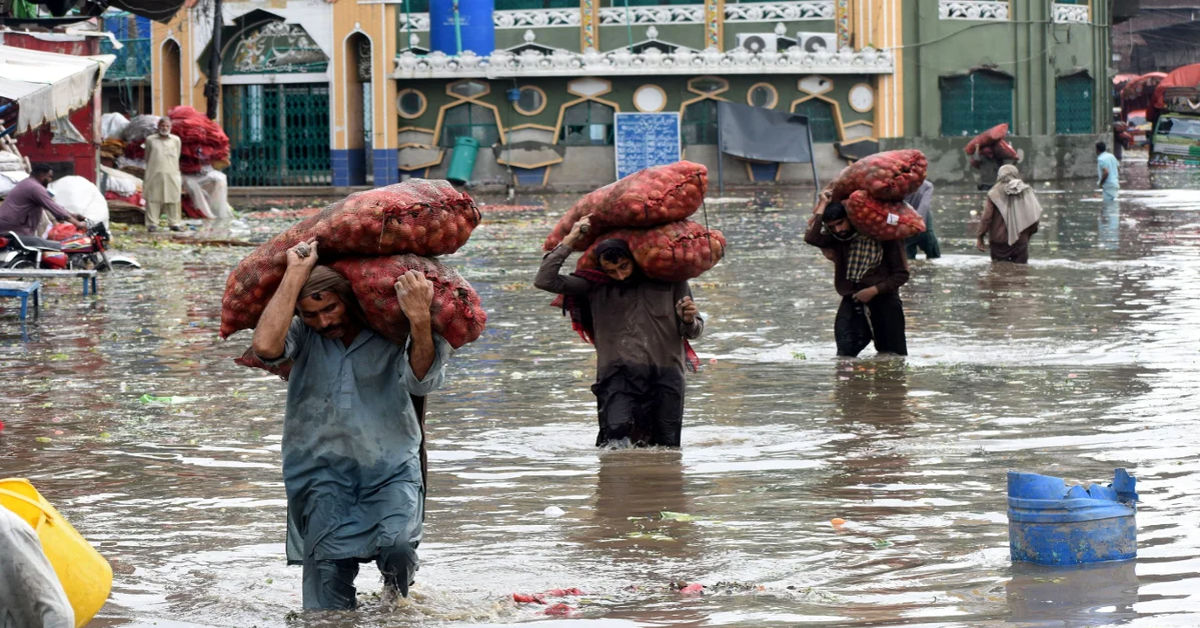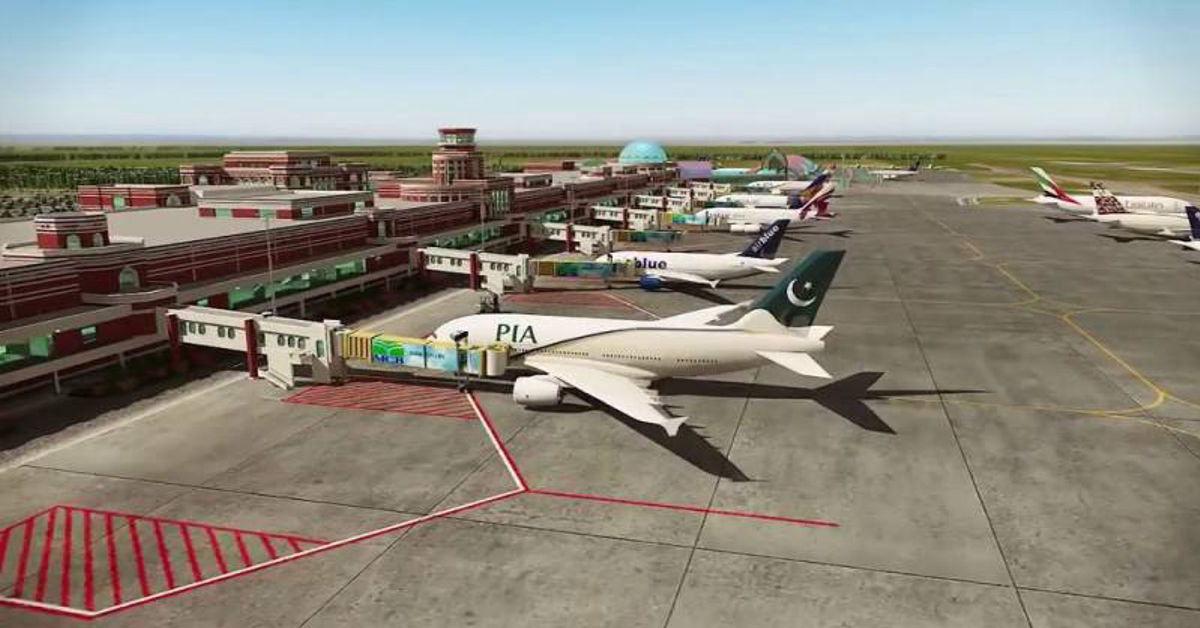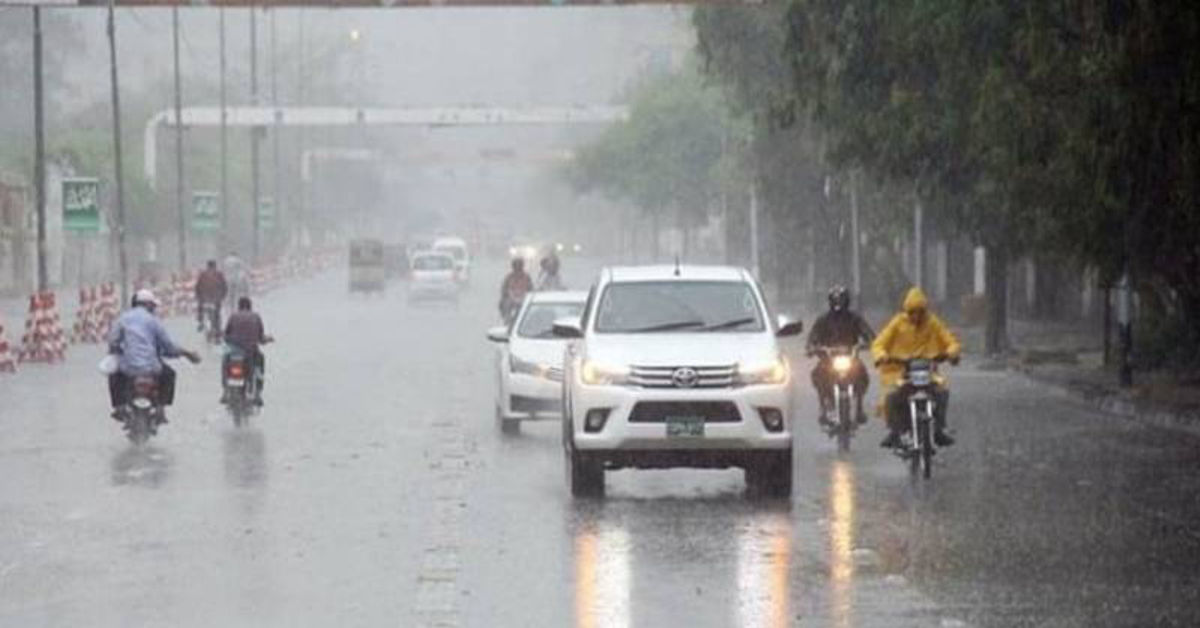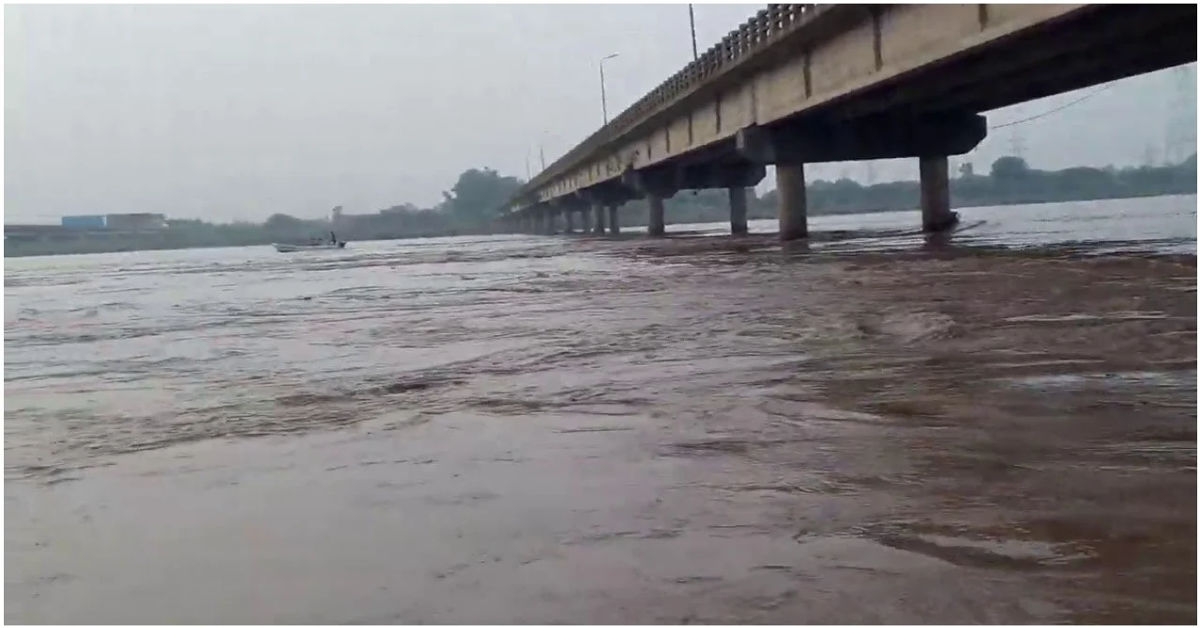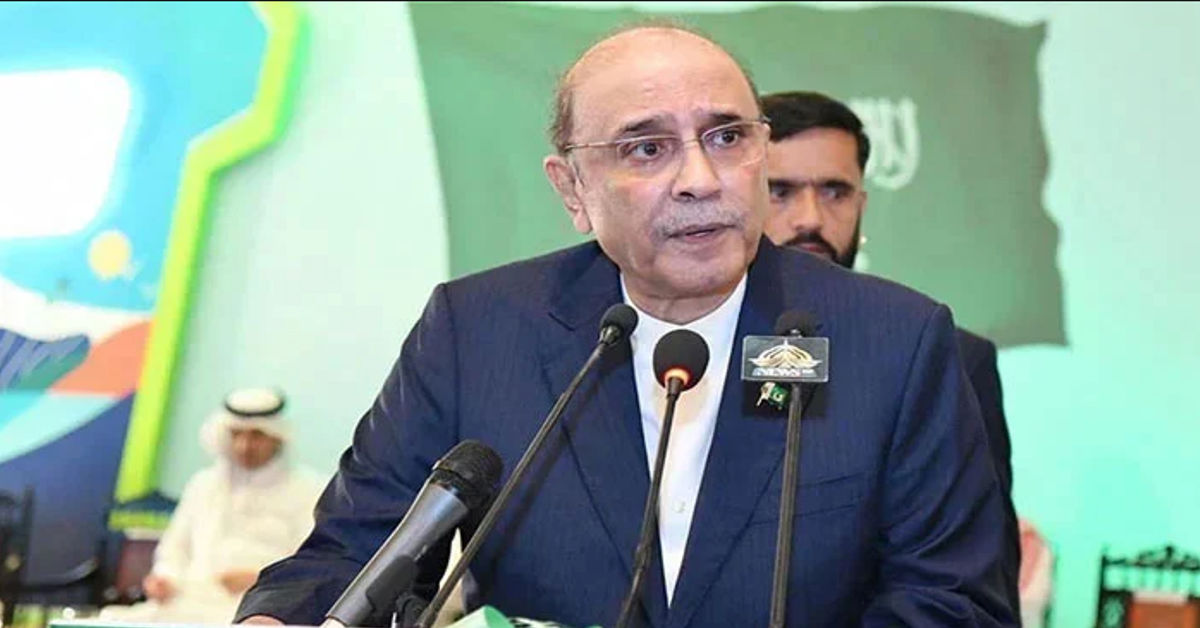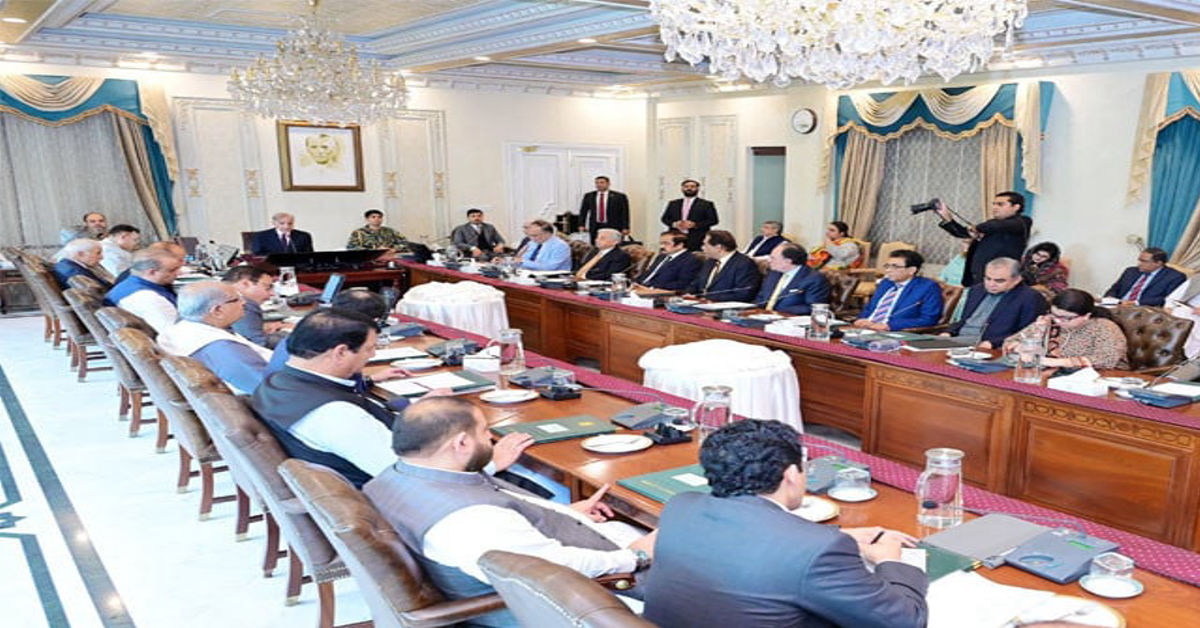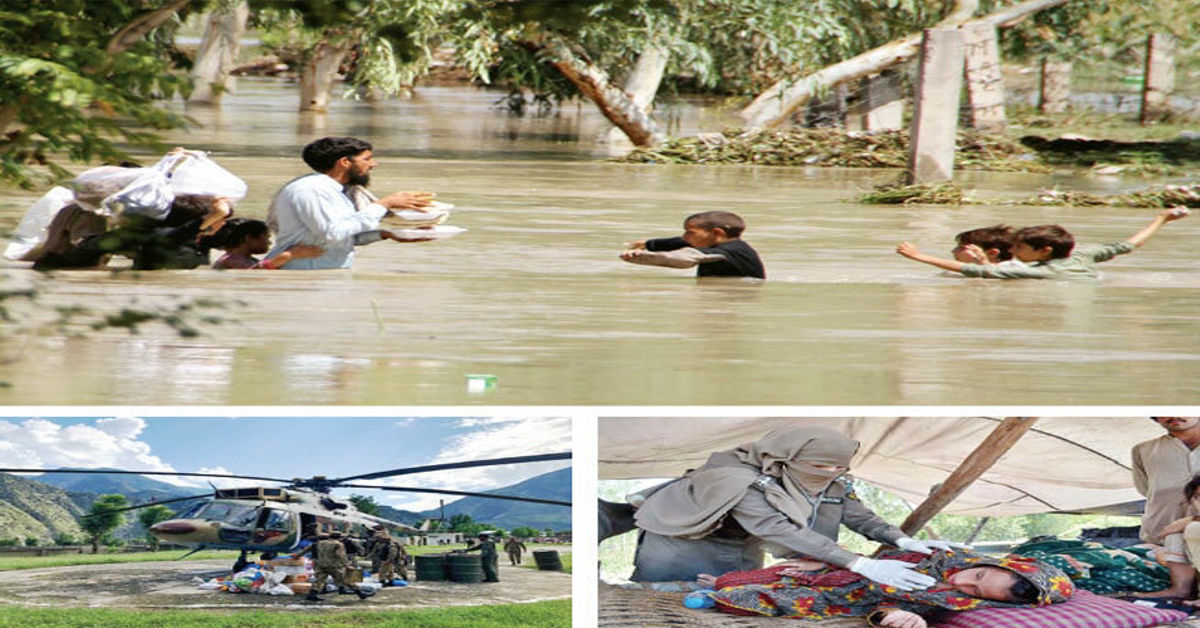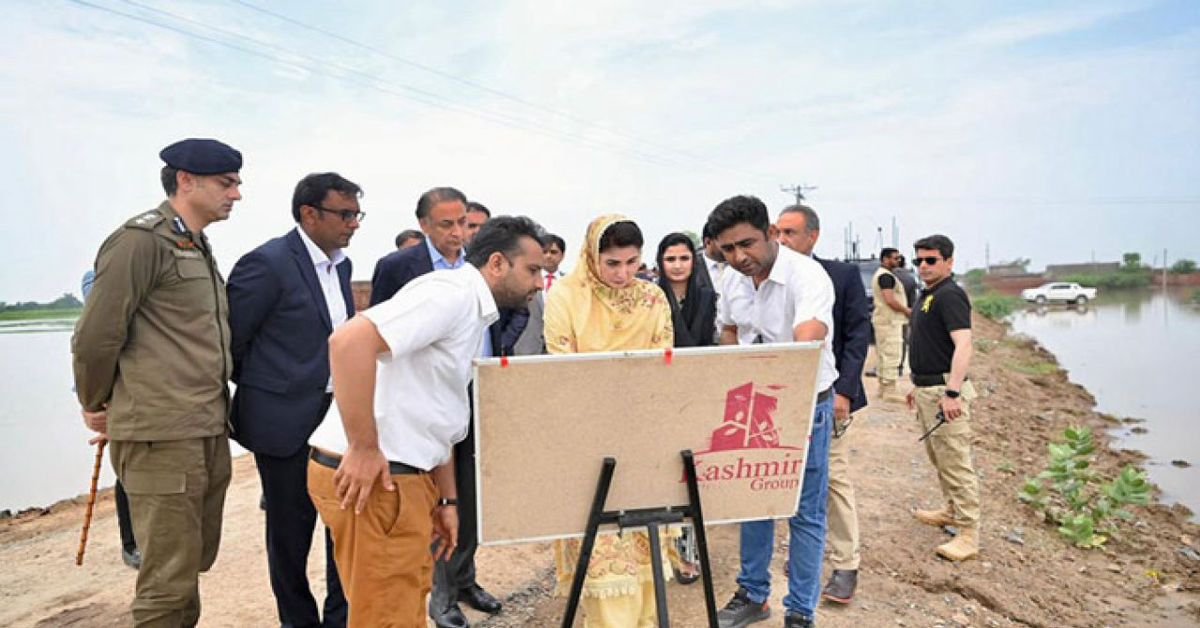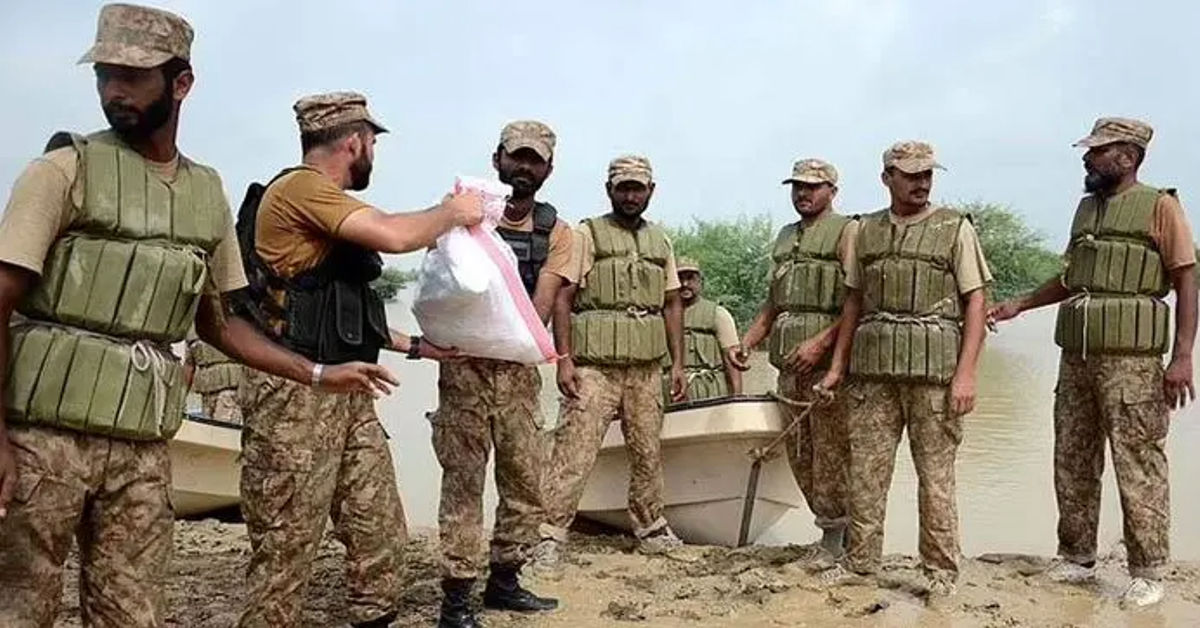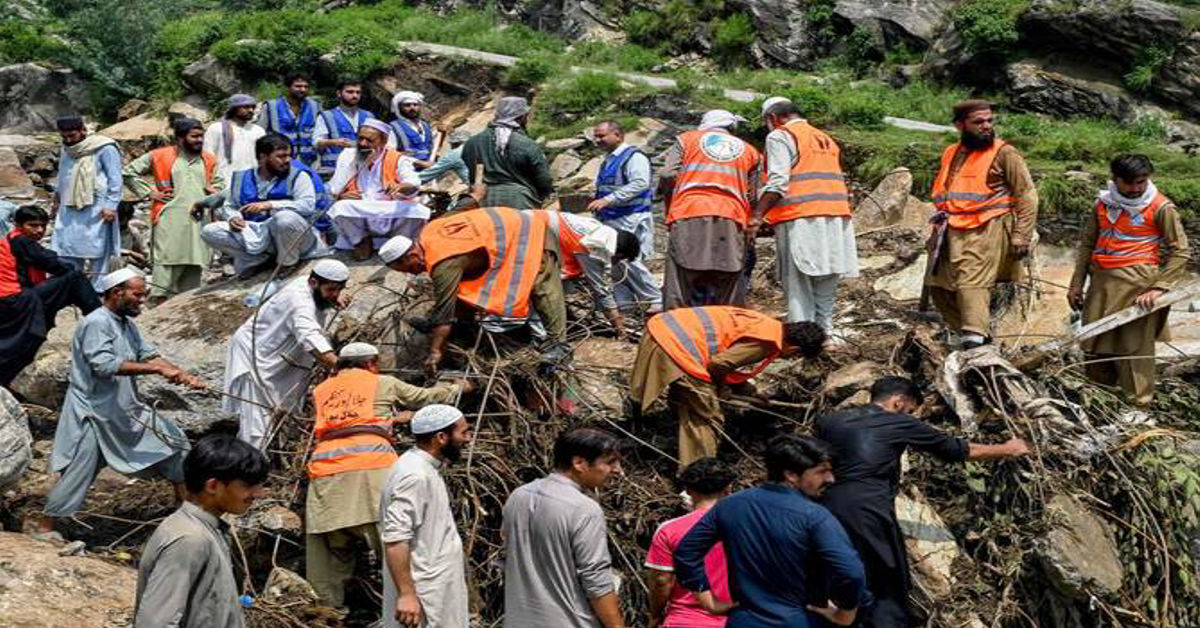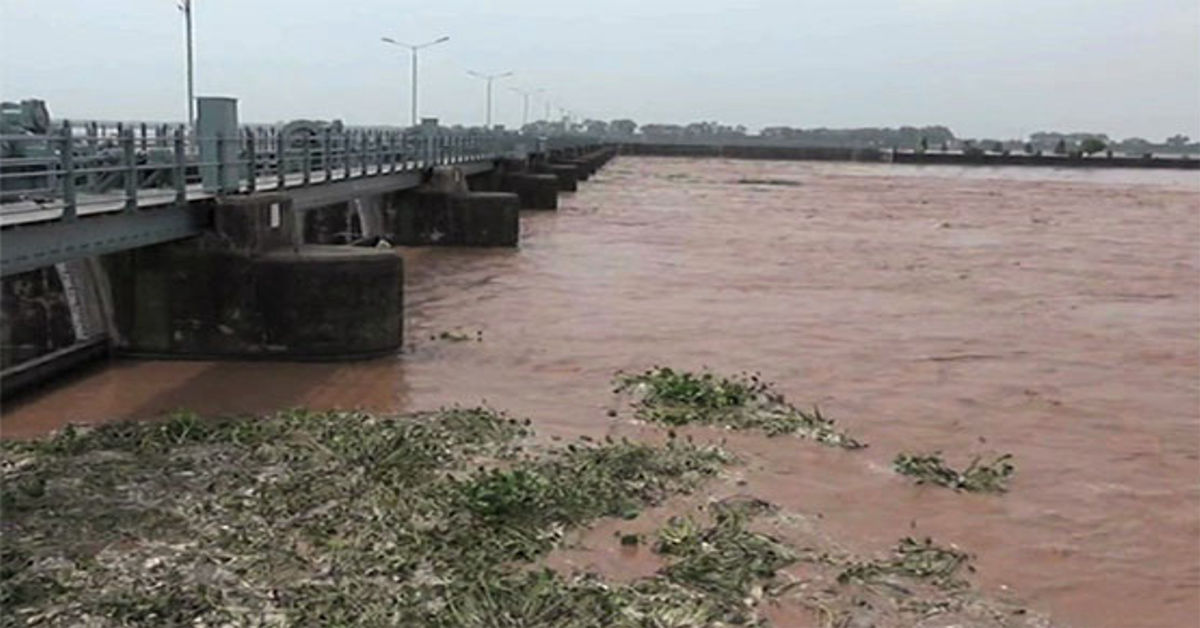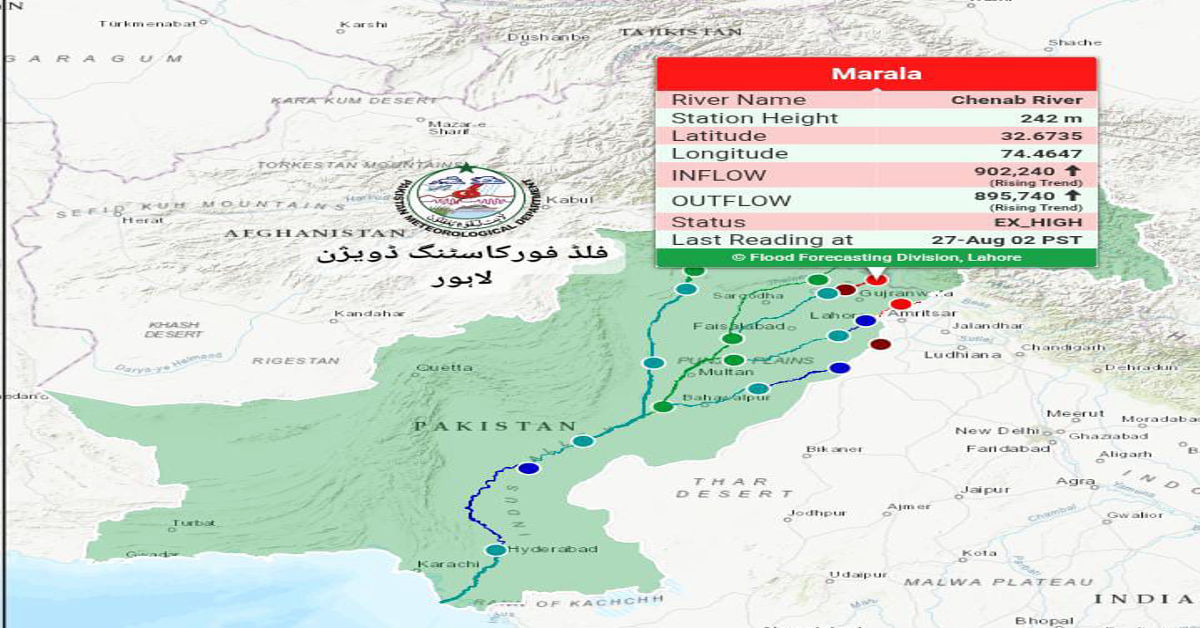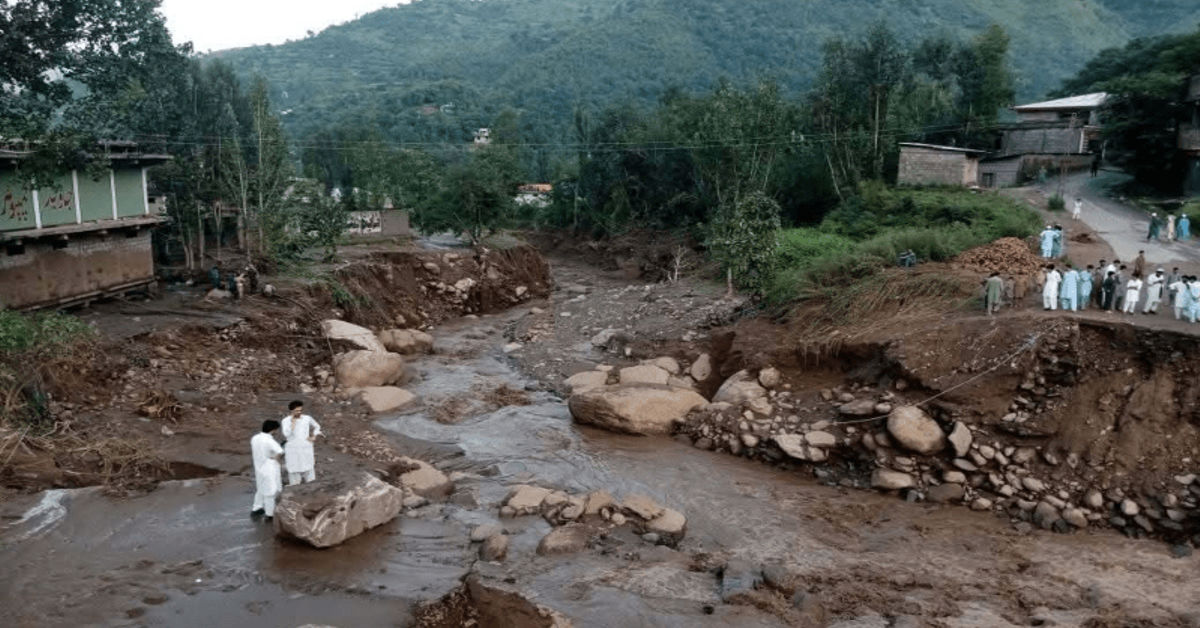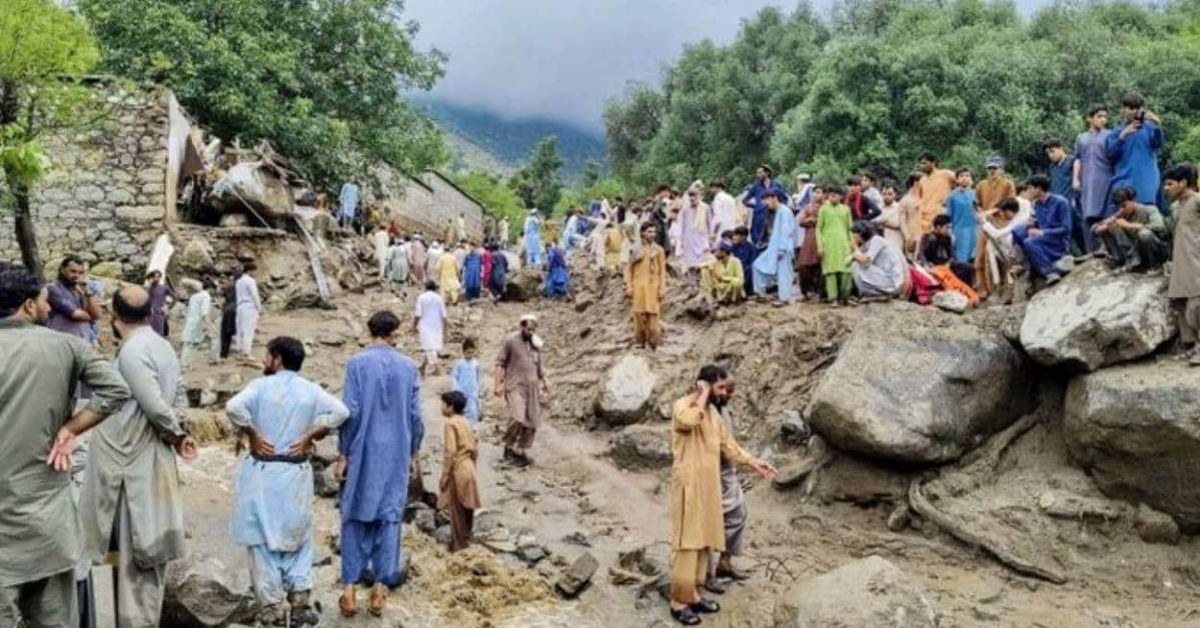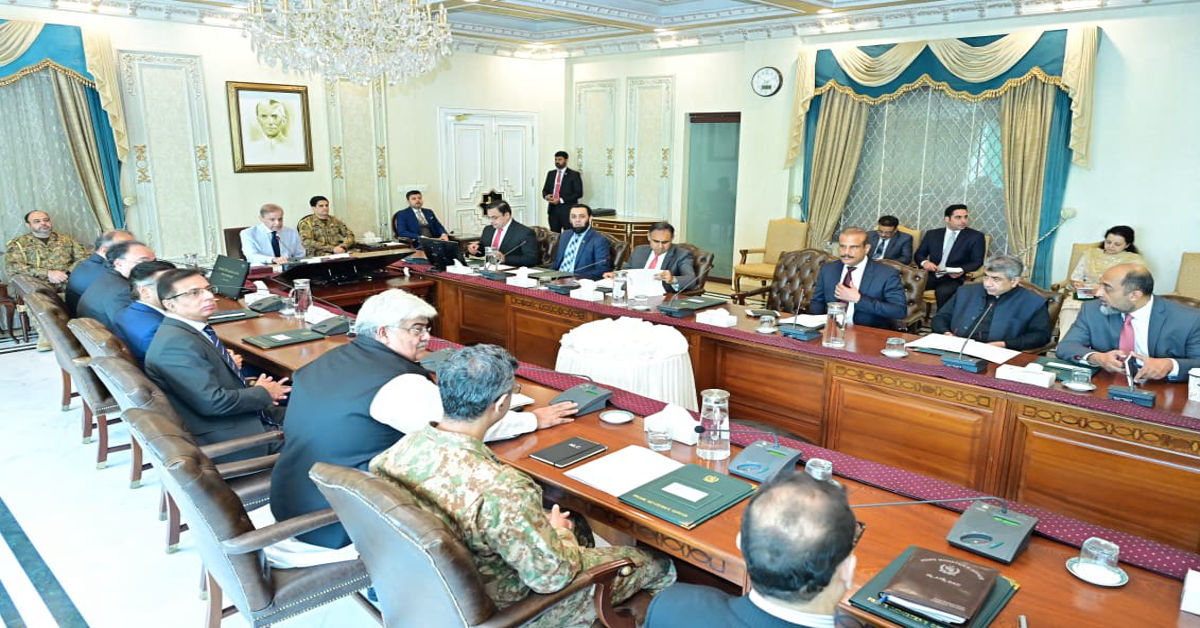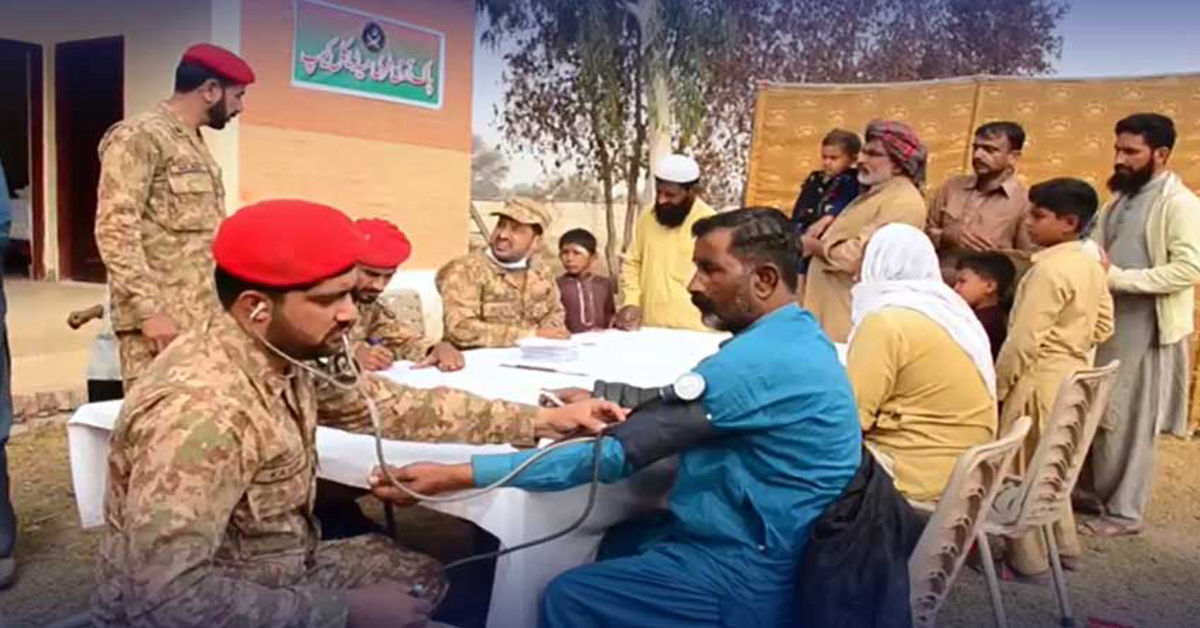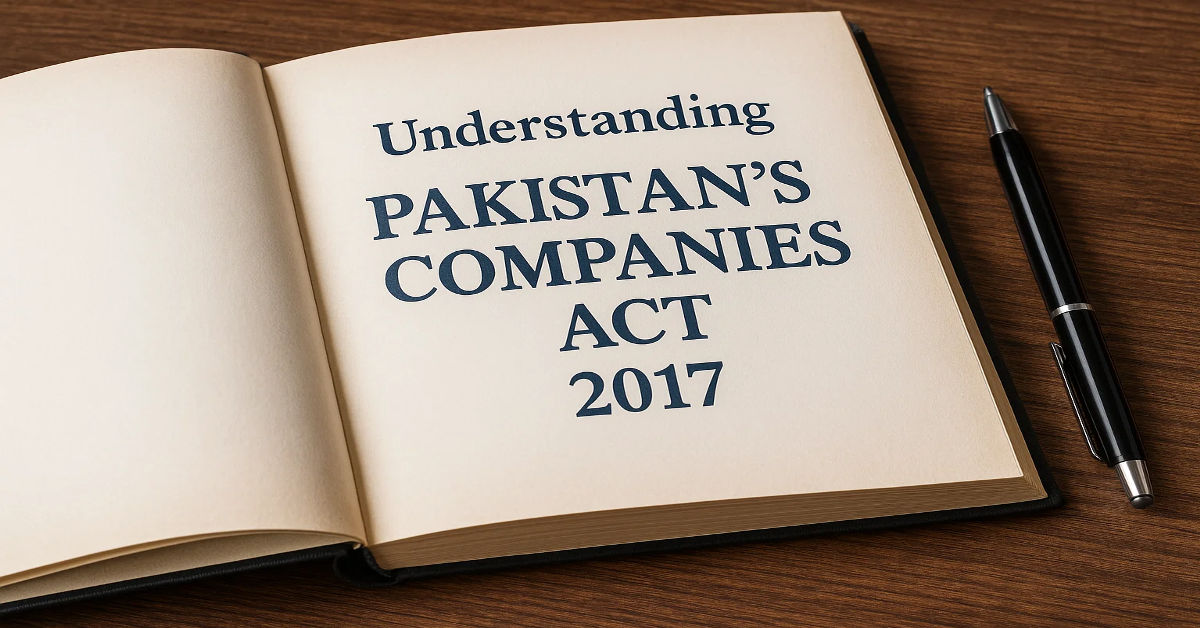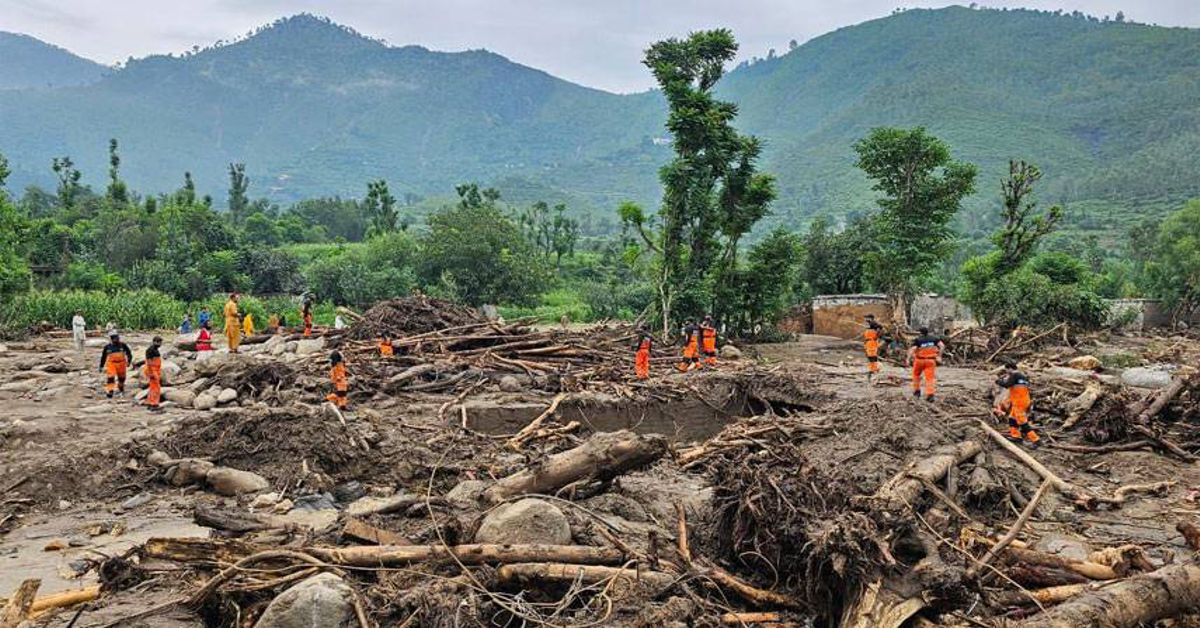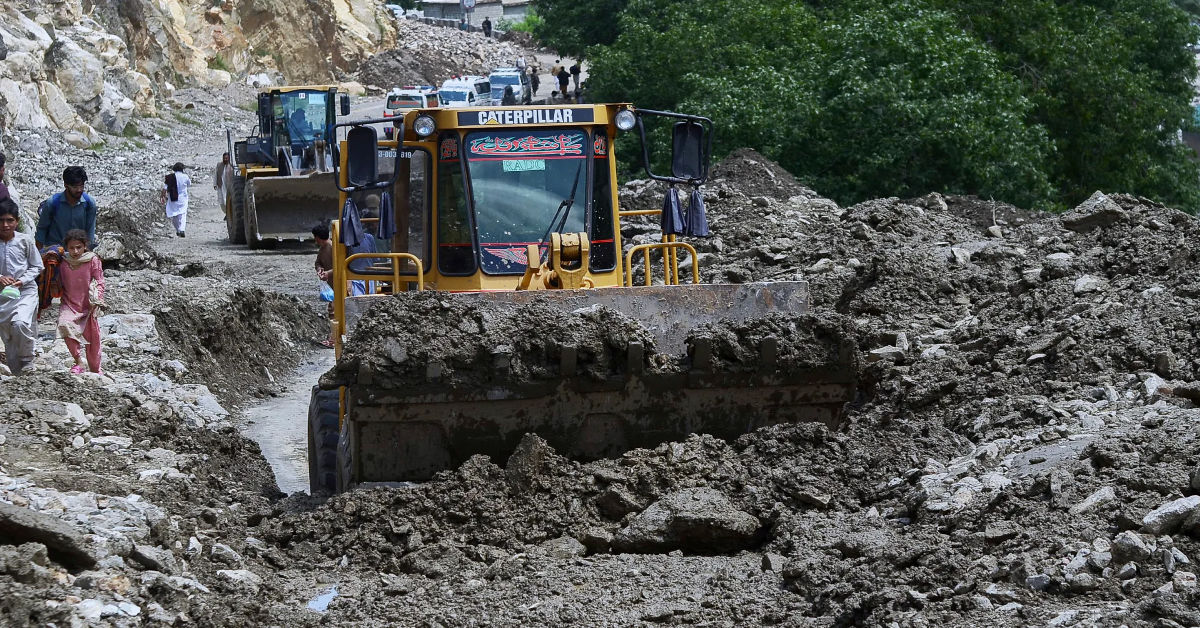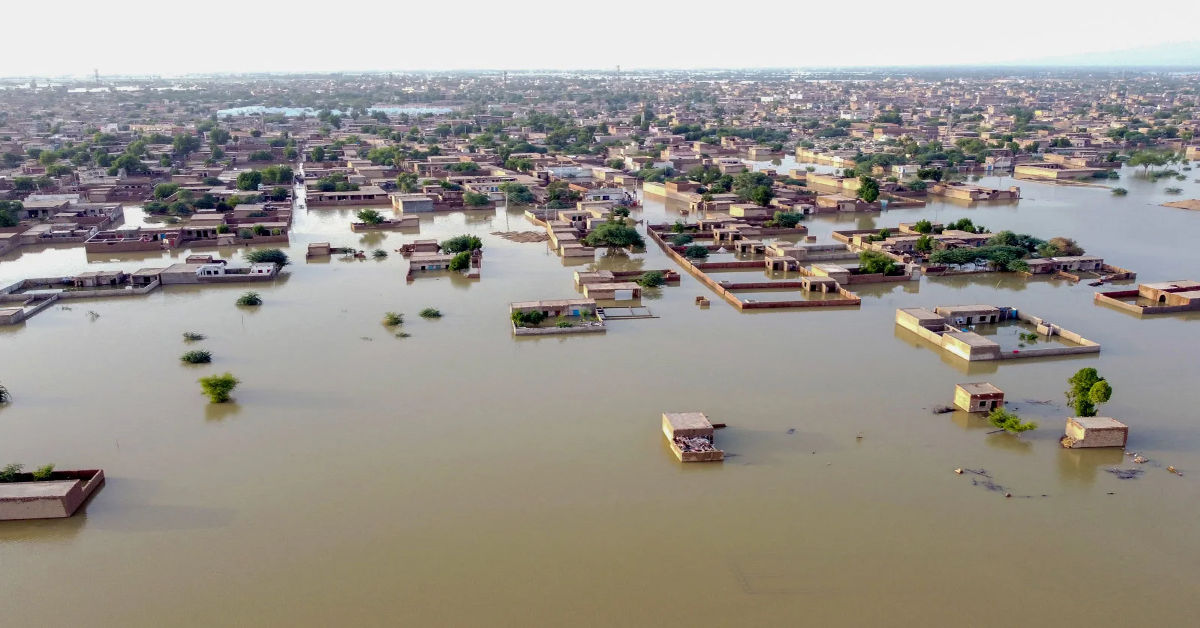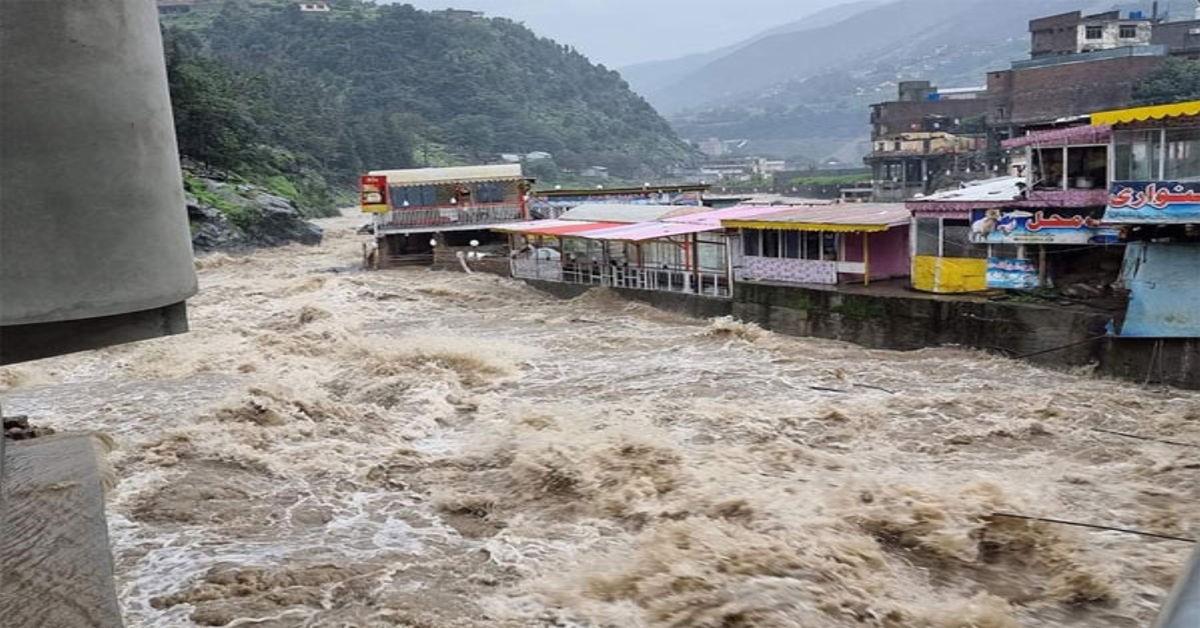
Pakistan has faced a persistent and chronic energy crisis which has resulted in scages of load shedding throughout the country. Although we have abundant natural and renewable energy resources, the efficiency of the electricity production and delivery is poor. Power cuts, both scheduled and unscheduled, have become inevitable for cities and villages, affecting the daily routine. This is not a burden limited to households, but extends to commercial and industrial establishments. Students, hospitals and small businesses are among the most affected by the power cuts. This has grown from being a seasonal nuisance into a yearlong disaster that endangers economic progress and social peace.
Context and History of Electricity Shortages
The origins of Pakistan’s energy troubles can be traced to the early ’90s when demand for it started to exceed supply because of population increase and urbanization. The decadeslong failure to invest in modern power plants and other critical infrastructure has only exacerbated the problem. Governments resorted to short-term patches, such as rental power plants, instead of priority on the long-term sustainable energy endeavors. The governments have delayed reforms due to political instability and bureaucratic incompetence. The power generation capacity, the transmission and distribution network has not been expanded to match. The consequence is that the gulf between energy production and energy access is growing ever larger.
Power Crisis and its Economic Impact
The economic devastation in Pakistan is catastrophic. Obstruction of production schedule in manufacturing sector outages are repeated and enormous causing the production losses and missing of the export targets. Load shedding imposes high fuel costs for the generator on businesses, particularly for small and medium enterprises (SME), hence increasing its cost of doing business. The farming sector (Agriculture) also gets heavily impacted, since irrigation is a necessity and requires electric water pumps. Off-and-on electricity supply is also a disincentive for foreign investment in strategic sectors.” These ripple effects then depress economic growth overall and increase income inequality.
Social Consequences and Public Discontent
Beyond the economics, power cuts have a profound impact on the social life of Pakistan. It is difficult for families to go about their daily lives, especially during the summer when temperatures are high. Young students are not able to do their studies as there is no power during their exams. In the countryside, where alternative sources of power are limited, entire communities are left in darkness for several hours. Thefts by certain criminal elements go high as blacks out are the way to their free for all they say. The government’s failure to deliver on repeated promises of round-the-clock electricity has added to public frustrations. This has sparked protests, and a lack of trust in leaders.
Urban and Rural Access to Electricity
The uneven distribution of electric power between city and village is a conspicuous feature of the energy problem. Urban areas have fairly reliable access to electricity, but there are far longer outages in rural and remote parts of the country. This provides a further widening, increasing the disparity in society and slowing down the development in the neighborhoods with lower prospects. Absence of dependable electricity in rural Pakistan is constraining education, health and communication. It also encourages young people to leave these areas, flocking to already overcrowded cities. It is important to bridge this gap for achieving a more equitable national development and bettering the standard of living of people across the board.
Government Policy and IPPs
Several steps have been taken by the government of Pakistan to address the energy crisis, including the induction of Independent Power Producers (IPPs) to enhance the generation capacity. IPPs, though they have helped in improving energy supply, have rather expensive contracts with capacity charges that have been adding to the burden on the national exchequer. However, load shedding endures despite these efforts because of systemic problems. Many of its critics have said the policy emphasis has been far more on generation while reformation of the transmission and distribution system was relatively overlooked. The power sector is crippled by circular debt from unpaid bills and government subsidies. Comprehending reforms, increased transparency and deployment of smart grid technology are critical to optimize power supply and curtail outages.
The Future Solution
With the global shift to greener energy, Pakistan is also starting to tap into renewable sources such as the sun, wind and water. The country’s geography is very suitable for solar and wind energy in particular in Sindh and Balochistan. Net metering programs and solar rebates are government schemes that actively try to encourage homeowners and business owners to switch to renewable solutions. Done well, this would both lessen reliance on fossil fuels and make electricity supplies more stable. “The vast integration of renewable energy will still need grid upgrades and storage systems.” International collaborations and climate financing could help expedite this shift for Pakistan.
Importance of Citizen in Saving Energy
Although systemic change is essential, a culture of responsibility also can help to alleviate the power crisis. Citizens can do their share through such actions as buying energy-saving appliances, turning off lights when not in use, and promoting energy conservation. Workshops and community efforts can promote a culture of responsible energy consumption. Solar panels and battery systems for residences and small businesses can offer some relief during peak electricity demand hours. Fostering these kind of behaviors not only eases the strain on the national grid but also fosters a strong sense of interdependence. Public participation is fundamental to influencing energy use behaviour in the long term.
Time to Come Hollering off the Streets
The solution to power shortage the only way to get rid of power shortage once for all is the comprehensive approach which may deal with generation, distribution and financial sustainability towards the target achievement. This consists of reforms to state-owned electricity companies, a clampdown on corruption, and the application of sophisticated technology to manage the grid. Policy should be driven by data and realities on the ground, not political calculation. Private-public partnerships offer the possibility of infusing new life and efficiency into the system. It is also essential that reforms are comprehensive and benefit all parts of the country. Absent an integrated approach, band-aid solutions will continue to founders, and the country will never overcome a cycle of energy crises.
Conclusion
At the end of the day, Identity theft is a very serious problem and Fakes will not come to any good if they do not provide the solutions around Pakistan’s energy crisis, as it would be a bit too much of change in a stance now. It’s not a one-dimensional problem, and the solution needs to be commensurate with the complexity of the problem. Half way into the progress load shedding still brings to the fore the lapses in execution and coordination. All elements, from government policy and private sector investment to citizen responsibility and renewable energy, must be judiciously examined and brought into place. We’ve made some progress, but we have a long way to go to creating such a world where power outages are an antiquated inconvenience of the past.




